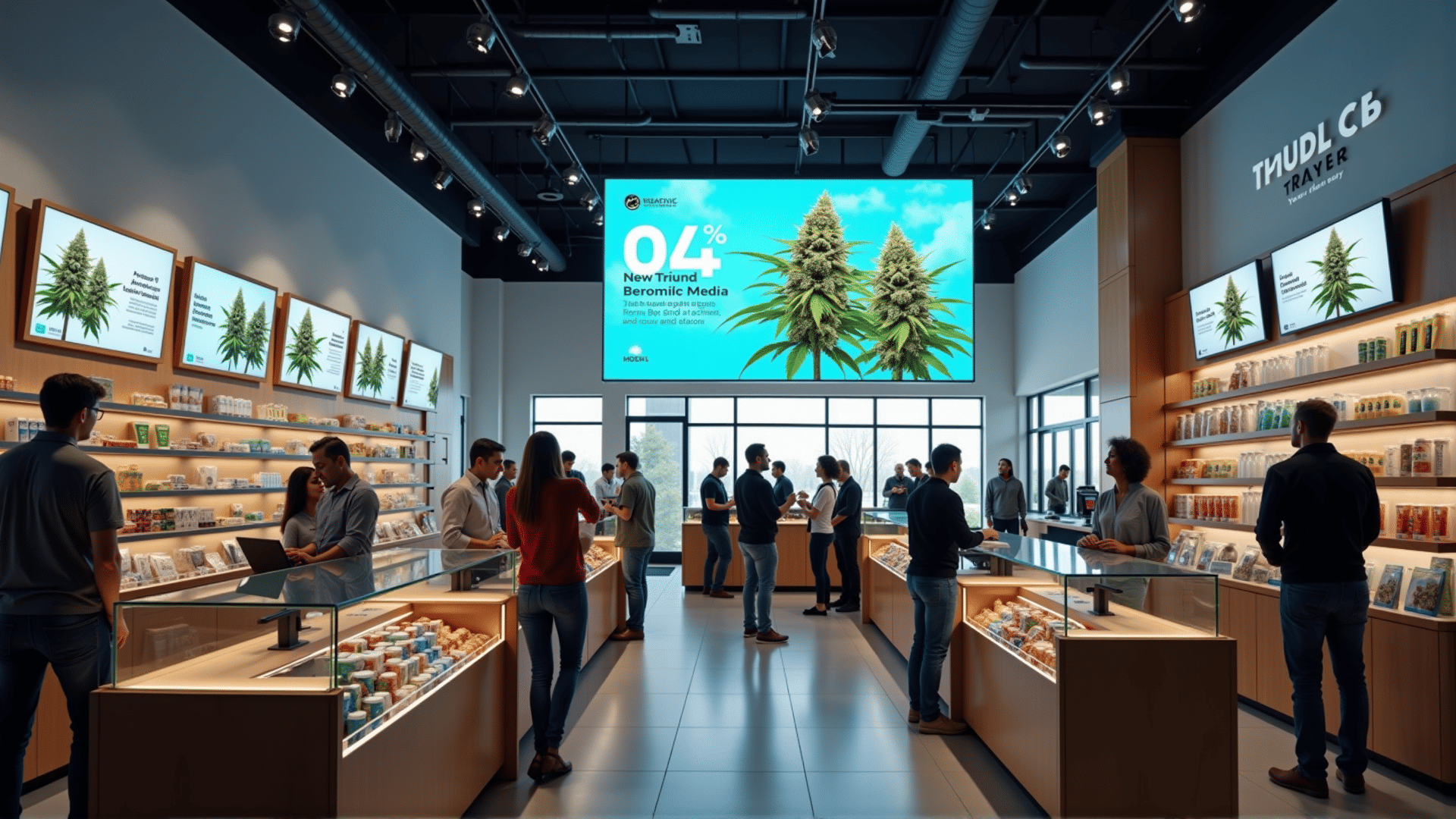In the rapidly evolving landscape of retail and customer engagement, traditional methods of signage and communication are gradually being outpaced by the rise of smart digital signage. As businesses strive to captivate consumer attention and enhance customer experience, digital displays have emerged as a compelling tool to showcase promotions and vital product information in real-time, ushering in a new era of visual marketing.
At the heart of smart digital signage is the ability to deliver dynamic content that is both visually appealing and contextually relevant. Unlike static signs that demand manual updates and often fall short in attracting attention, digital displays are agile and adaptable. They can play videos, rotate through multiple messages, and even integrate interactive content, providing an immersive experience that keeps customers engaged.
One of the standout features of smart digital signage is its real-time content update capability. Through cloud-based content management systems, businesses can remotely update their displays instantly across multiple locations, ensuring that promotions, prices, and product information are always current. This versatility permits businesses to respond to market trends or stock changes swiftly, maximizing marketing opportunities and minimizing operational hiccups.
Moreover, smart digital signage can be tailored to create personalized experiences. With the integration of sensors and analytics, these displays can adjust content based on factors such as customer demographics, weather conditions, or even the time of day. For instance, a clothing store might showcase warm clothing during chilly evenings and switch to lighter garments when temperatures rise. This level of personalization can significantly enhance customer satisfaction, as it resonates more closely with their immediate interests and needs.
Apart from promotional content, digital signage can also serve practical purposes. In large retail environments or during events, these displays can aid in navigation, directing customers to specific products, departments, or even exits efficiently. They can also be programmed to relay crucial information—for example, safety instructions during emergencies, making them invaluable tools for customer assistance.
The integration of smart digital signage within a business strategy also aligns with sustainable practices. By reducing the dependency on printed materials, businesses can lower their carbon footprint, presenting an eco-friendly image that resonates well with environmentally conscious consumers. Additionally, the long-term cost savings over updating paper-based materials contribute to the bottom line, making it an economically sound investment.
Perhaps one of the most transformative impacts of smart digital signage is its potential to harness data analytics. Equipped with analytic tools, businesses can gather insights on customer engagement levels, track the performance of specific promotions, and adapt strategies accordingly. This data-driven approach not only optimizes marketing efforts but also empowers businesses with the ability to predict trends and consumer behavior better.
The future of smart digital signage is promising, with ongoing advancements in technology further extending its capabilities. Innovations such as AI-driven content creation and augmented reality offer exciting prospects for deeper interaction and integration. As these technologies become more sophisticated and accessible, the potential for digital signage to redefine customer engagement strategies will continue to grow.
In conclusion, smart digital signage is far more than just a replacement for traditional signs—it's an evolution in how businesses communicate with their customers. By embracing digital displays, businesses can ensure they remain at the forefront of customer engagement, crafting messages that are not only seen but also experienced. As the technology continues to advance, those who harness its full potential will undoubtedly capture not just the attention of customers, but their loyalty and trust too.
